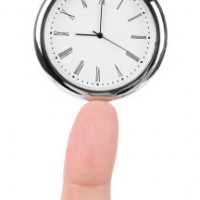Even if a market research project produces a pile of perfect data, we still face the fundamental challenge of analysis — making sure that we’re analyzing the results comprehensively and objectively. In other words, without bias.
Let’s say you’ve done an online survey. You identified your objectives, thought carefully about sampling, and designed a great questionnaire. You monitored data collection and carefully cleaned your dataset. Even after all this painstaking work, risk still exists. You still have to analyze the data, and it’s here that unexpected errors often creep in.




